Filipino Food Review
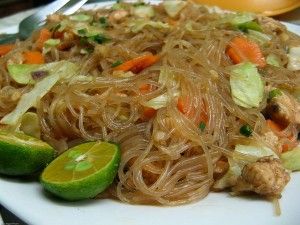

PANCIT
What it is: Noodles
What’s the deal: The most popular foundation in street foods and upscale cuisine, pancit refers to a wide variety of noodles that essentially become the Filipino version of Pad Thai. The most common are clear-ish noodles about the width of spaghetti and are often layered, kitchen sink-style, with pork, seafood, tofu, veggies, eggs, and sauce.
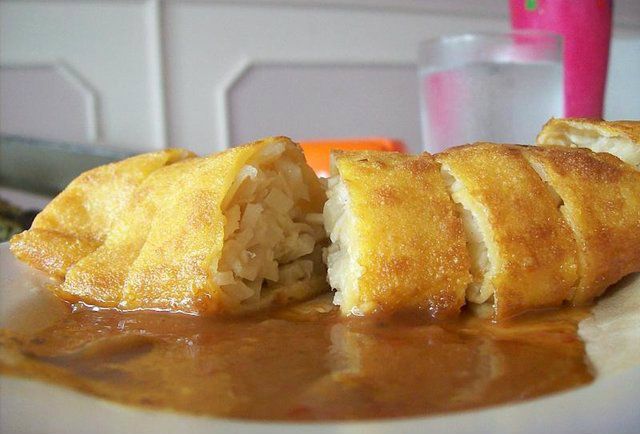
LUMPIA
What it is: Veggies and sometimes meat, wrapped up in an crepe-like egg-based wrapper
What’s the deal: Basically, the Pinoy cousin to the egg roll, spring roll, and salad roll, lumpia is served either crisply fried or “fresh”, meaning unfried (also meaning less-delicious). It’s filled up with carrots, sprouts, and other veggies, with the option to add shaved chicken, shrimp, pork, or tofu. Often served with peanut sauce, it’s one of the culture’s favorite appetizers and the perfect gateway food for beginners.
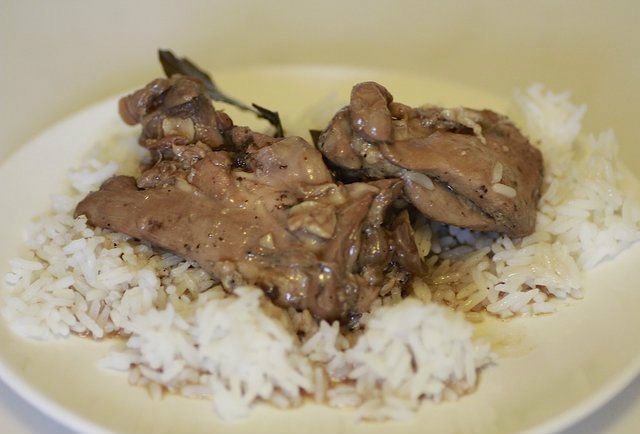
ADOBO
What it is: Chicken, pork, or seafood simmered in a marinade of vinegar & soy sauce
What’s the deal: The unofficial national food of the Philippines, Adobo starts with a protein — bone-in chicken, pork loin, squid, or fish, usually — that goes into a pot filled with soy, vinegar, garlic, onions, and other veggies (depending on the recipe). It’s then simmered until tender, and kind of pickled in its own stock, before being served over rice. Not to be confused with the bald bad guy from Double Dragon (that’d be Abobo), it’s a common foreigner move to order it with extra sauce on the rice… a move that’s nonetheless worth it because it’s delicious.
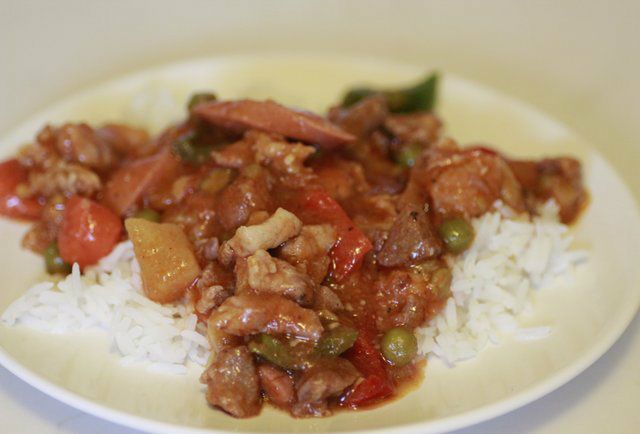
MENUDO
What it is: The global sensation that launched Ricky Martin’s career A stew of roasted pork, peppers, and tomato sauce
What’s the deal: You can’t even get through 10mins of an Antonio Banderas film without internalizing the Spanish influence, so when your country is the subject of 300yrs of Spanish colonialism, some stuff’s gonna stick. Menudo is the Filipino take on a classic Spanish soup, reinvented as a thick stew filled with pork, peppers, tomatoes, and other veggies served over rice and with a side of Desperado.

INASAL
What it is: Skewered, grilled chicken marinated in lime, peppers, vinegar, and tropical seeds
What’s the deal: Another popular street food and cookout staple, Inasal originated in the west coast city of Bacolod, also known as the City of Smiles — smiles that are filled with chunks of grilled chicken that’re first marinated, and then coal-roasted while being basted with that vinegar-y juice. Lucky for that smile, the skewer can easily be used as a toothpick.

KARE-KARE
What it is: An oxtail stew with a strong peanut flavor
What’s the deal: Like most stews (except Patrick Stuart, who is far too refined), Kare-kare is the result of tossing the stuff that didn’t cut the mustard in other dishes into a pot. Mainly oxtail, sometimes offal and hooves. Then it’s loaded with crushed peanuts or peanut butter, filled with veggies, and served either on its own or over rice.
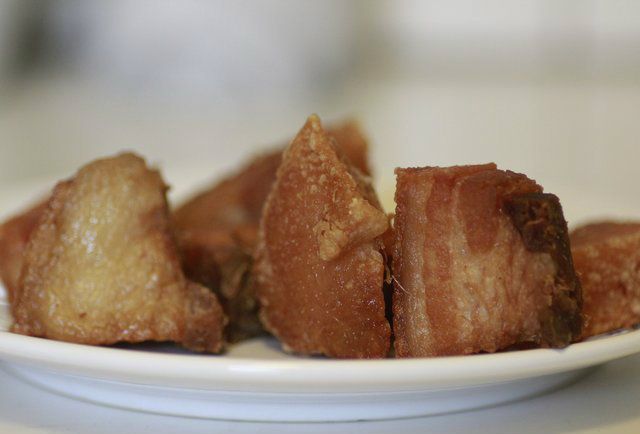
LECHON KAWALI
What it is: Fried pork belly
What’s the deal: Another legacy from the Spanish colonial days, holidays are celebrated by roasting a whole suckling pig (lechon) over coals. That’s pretty complicated for a restaurant. But most will carry lechon kawali, a condensed version that makes bacon look healthy by comparison. It’s basically pork belly, skin, and a little meat fried until crisp. Anthony Bourdain declared the stuff in Cebu “the best pig ever”.